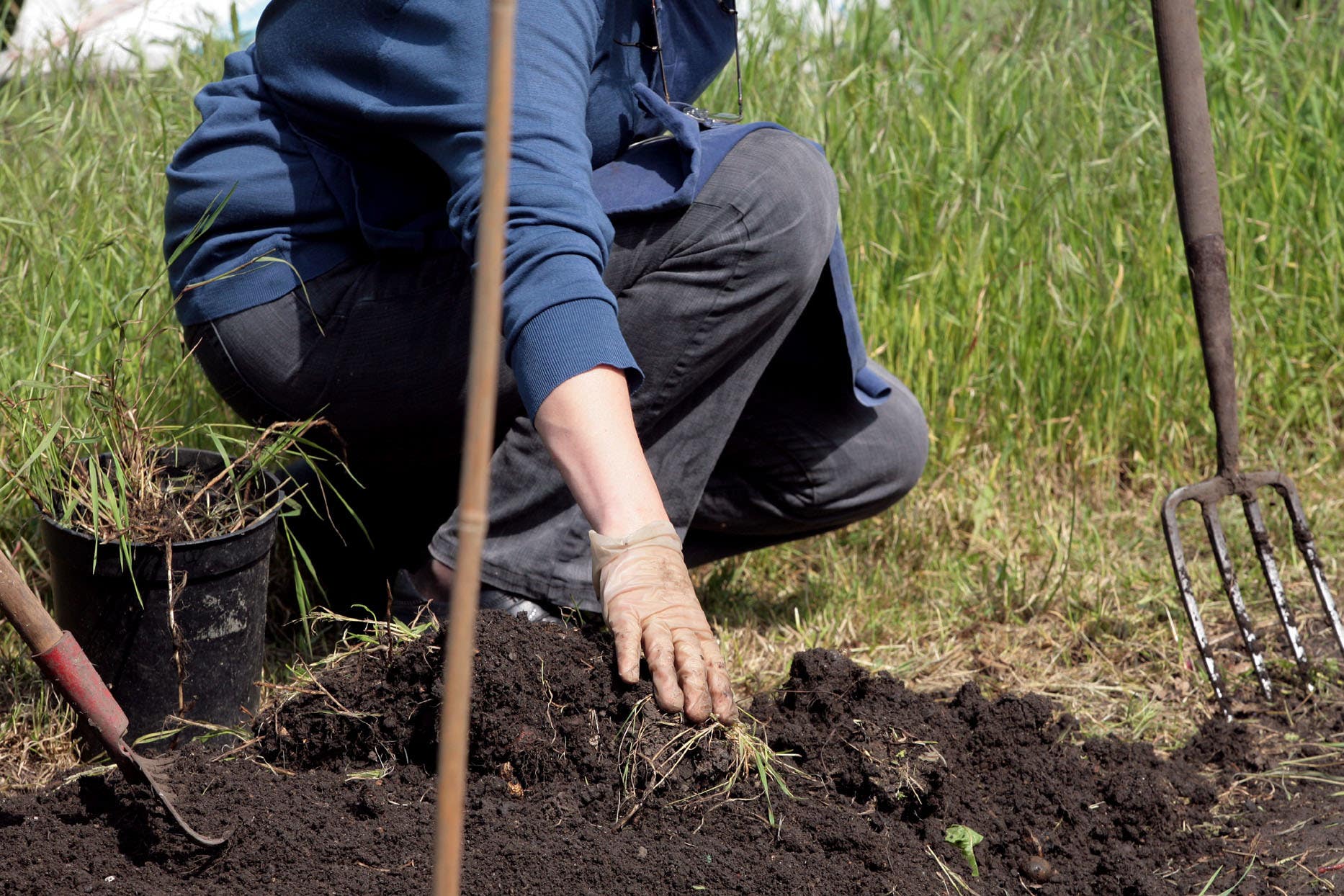Brisk walking or gardening could counteract genetic risk of diabetes – study
The findings suggest physical exercise should be promoted as a major strategy for prevention of type 2 diabetes.

Your support helps us to tell the story
From reproductive rights to climate change to Big Tech, The Independent is on the ground when the story is developing. Whether it's investigating the financials of Elon Musk's pro-Trump PAC or producing our latest documentary, 'The A Word', which shines a light on the American women fighting for reproductive rights, we know how important it is to parse out the facts from the messaging.
At such a critical moment in US history, we need reporters on the ground. Your donation allows us to keep sending journalists to speak to both sides of the story.
The Independent is trusted by Americans across the entire political spectrum. And unlike many other quality news outlets, we choose not to lock Americans out of our reporting and analysis with paywalls. We believe quality journalism should be available to everyone, paid for by those who can afford it.
Your support makes all the difference.Brisk walking, dancing or gardening could lower the risk of type 2 diabetes even in people with a high genetic risk of developing the condition, new research suggests.
The study found that higher levels of total physical activity, especially moderate to vigorous-intensity physical activity, were strongly linked to a lower risk of developing type 2 diabetes.
According to the researchers, the findings suggest physical exercise should be promoted as a major strategy for prevention of type 2 diabetes, which affects almost four million people in the UK.
We are unable to control our genetic risk and family history, but this finding provides promising and positive news that through an active lifestyle, one can ‘fight off’ much of the excessive risk for type 2 diabetes
Senior author, associate professor Melody Ding from the Faculty of Medicine and Health at the University of Sydney in Australia, said although the role of genetics and physical activity in the onset of type 2 diabetes is well established, until now most data was self-reported and there was little evidence whether the genetic risk could be counteracted by physical activity.
She added: “We are unable to control our genetic risk and family history, but this finding provides promising and positive news that through an active lifestyle, one can ‘fight off’ much of the excessive risk for type 2 diabetes.”
Ms Ding said moderate-intensity physical activity describes movements that get you sweating and slightly out of breath, such as brisk walking and general gardening.
Examples of vigorous-intensity physical activity include running, aerobic dancing, cycling uphill or at a fast pace, and heavy gardening such as digging.
These are all activities that make you out of breath or cause you to breathe heavily.
The study involved 59,325 adults from the UK Biobank – a database containing genetic, lifestyle and health information from half a million people – who wore accelerometers (activity trackers worn on their wrist) at the start of the study.
They were then followed for up to seven years to track health outcomes.
The data included information on genetic markers associated with a higher risk of developing type 2 diabetes.
People with a high genetic risk score had 2.4 times the risk of developing type 2 diabetes when compared with those with a low genetic risk score, researchers suggest.
The study found that more than an hour of moderate to vigorous-intensity physical activity per day was associated with a 74% lower risk of developing type 2 diabetes when compared with people who did fewer than five minutes of physical activity.
People with a high genetic risk, but who were in the most physically active category, had a lower risk of developing type 2 diabetes when compared with those with a low genetic risk but in the least active category, the research found.
Ms Ding, whose father was recently diagnosed with type 2 diabetes in his sixties, added: “My dad’s side of the family has a history of type 2 diabetes, so the result of the study is extremely heartening for my family and myself.
“As an already active person, I now have extra motivation to keep this active lifestyle.
“Our hope is that this study will inform public health and clinical guidelines so that it can help chronic disease prevention for health professionals, organisations and the public.”
The findings are published in the British Journal of Sports Medicine.